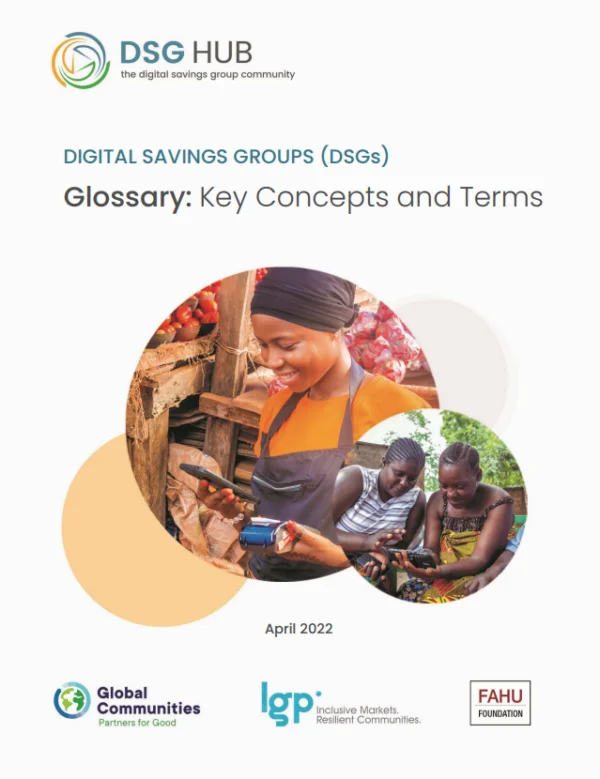This article discusses the 2021 edition of the Global Findex, the worldwide measurement of financial inclusion published by the World Bank Group. Specifically, the article highlights two major trends in the data: the growth in digital payments during the COVID-19 pandemic and the relationship between digital payment adoption and the use of other financial services. The article concludes that digital payments are paving the way for broader use of financial services.

article
COVID-19
Digital Financial Services
Digital Inclusion
Digital Payments
Digitization Benefits
Financial Inclusion
Global Findex: Digitalization in COVID-19 Boosted Financial Inclusion
Published by
Leora Klapper, Jean Pesme, Sophie Sirtaine
2022
CGAP (Consultative Group to Assist the Poor)
Have you found this Resource useful?



